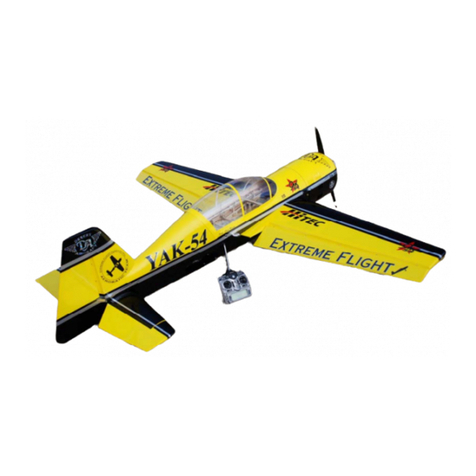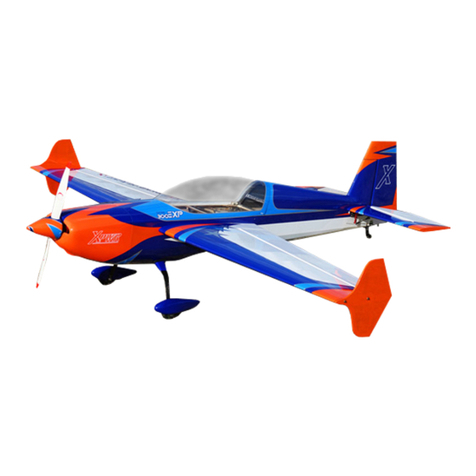Extreme Flight EDGE 540T EXP User manual
Other Extreme Flight Toy manuals
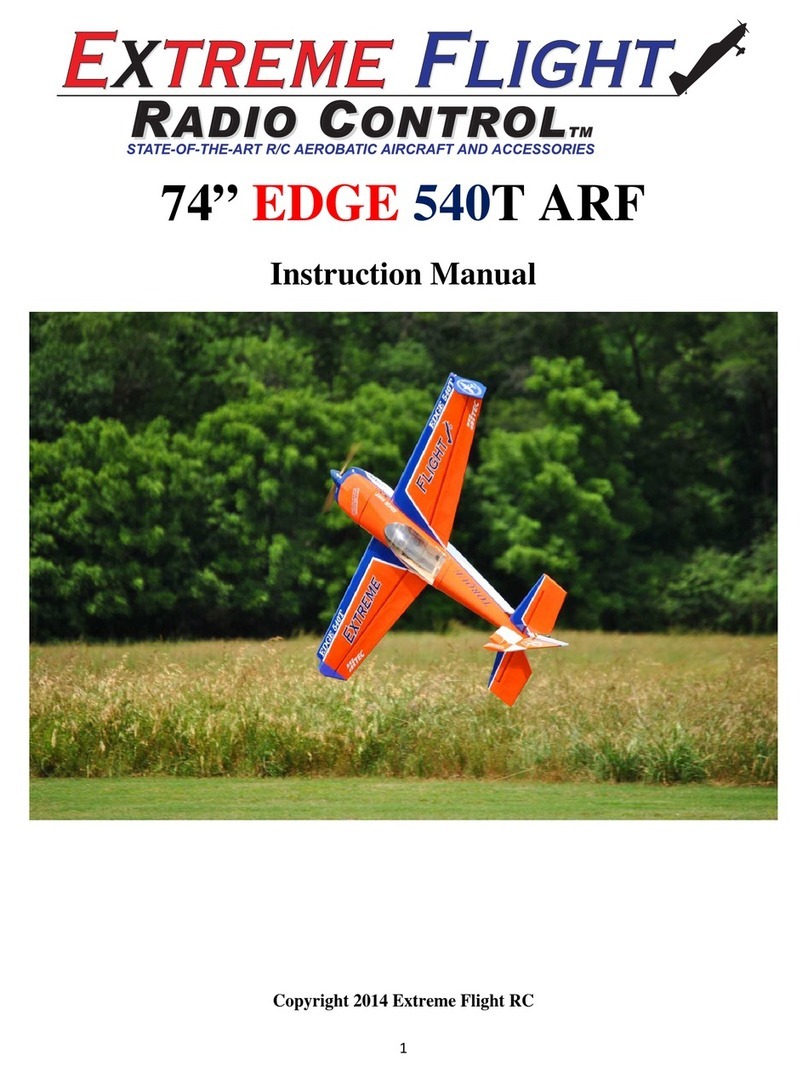
Extreme Flight
Extreme Flight 74" EDGE 540T ARF User manual

Extreme Flight
Extreme Flight VANQUISH MKII User manual
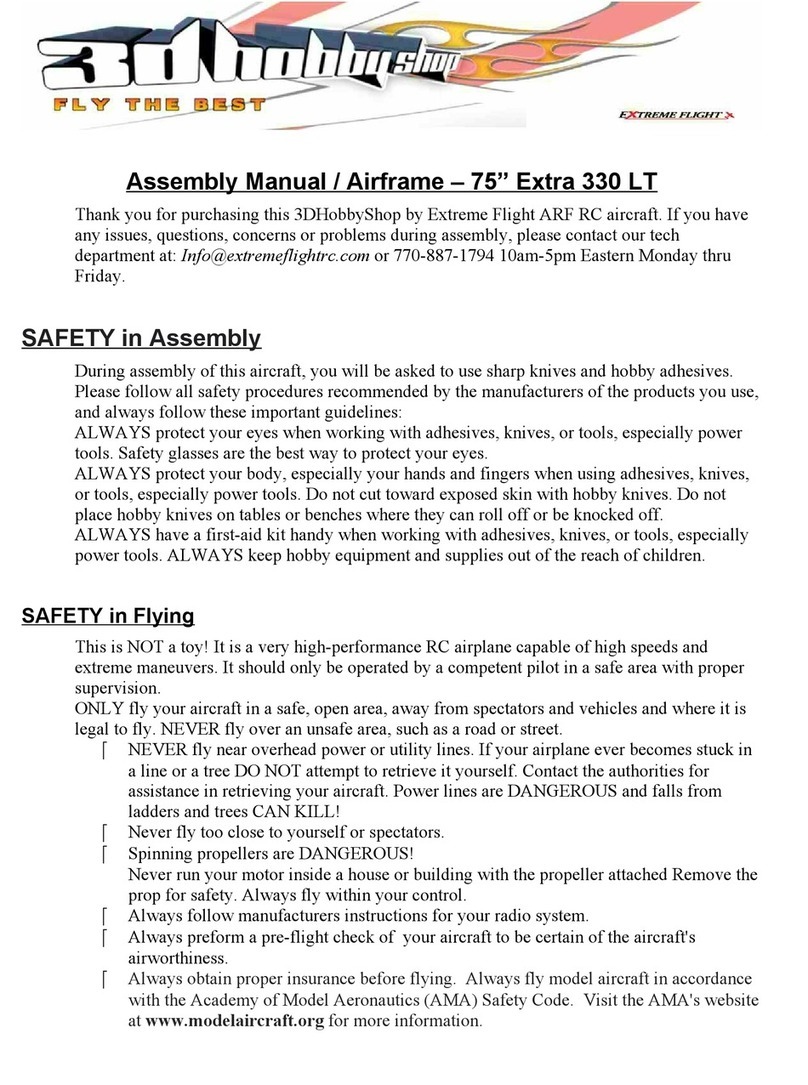
Extreme Flight
Extreme Flight Extra 330 LT User manual
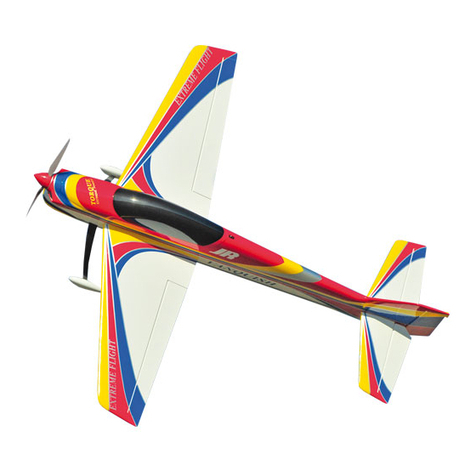
Extreme Flight
Extreme Flight F3A User manual
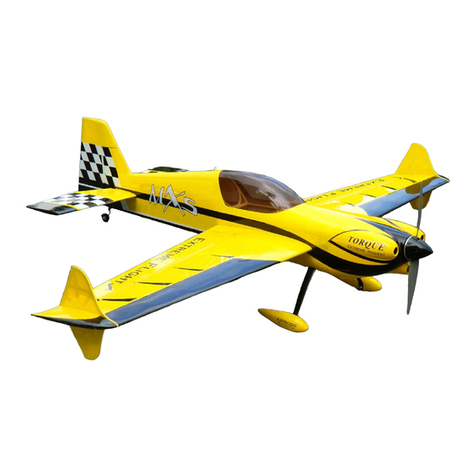
Extreme Flight
Extreme Flight MXS-EXP User manual

Extreme Flight
Extreme Flight EDGE 540T EXP User manual
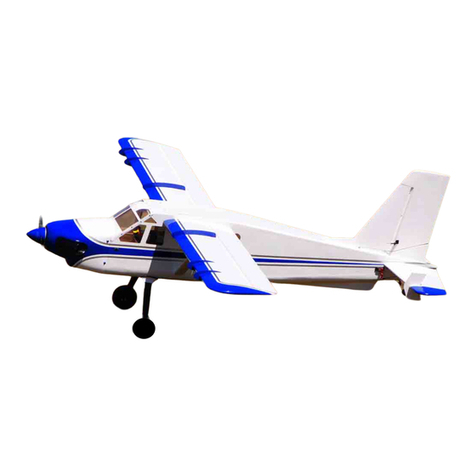
Extreme Flight
Extreme Flight Turbo Bushmaster User manual
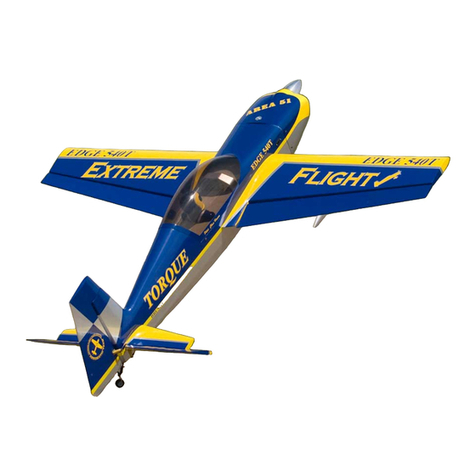
Extreme Flight
Extreme Flight 50cc Edge 540T User manual

Extreme Flight
Extreme Flight YAK-54E User manual

Extreme Flight
Extreme Flight Legacy Aviation Muscle Bipe User manual

Extreme Flight
Extreme Flight 60 EXTRA 300 EXP User manual
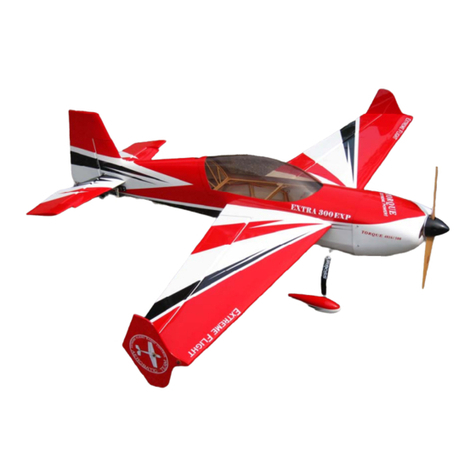
Extreme Flight
Extreme Flight 60 EXTRA 300 EXP User manual

Extreme Flight
Extreme Flight YAK-55SP-Electric User manual

Extreme Flight
Extreme Flight EXTRA 300-E User manual

Extreme Flight
Extreme Flight GB1 GAMEBIRD EXP User manual
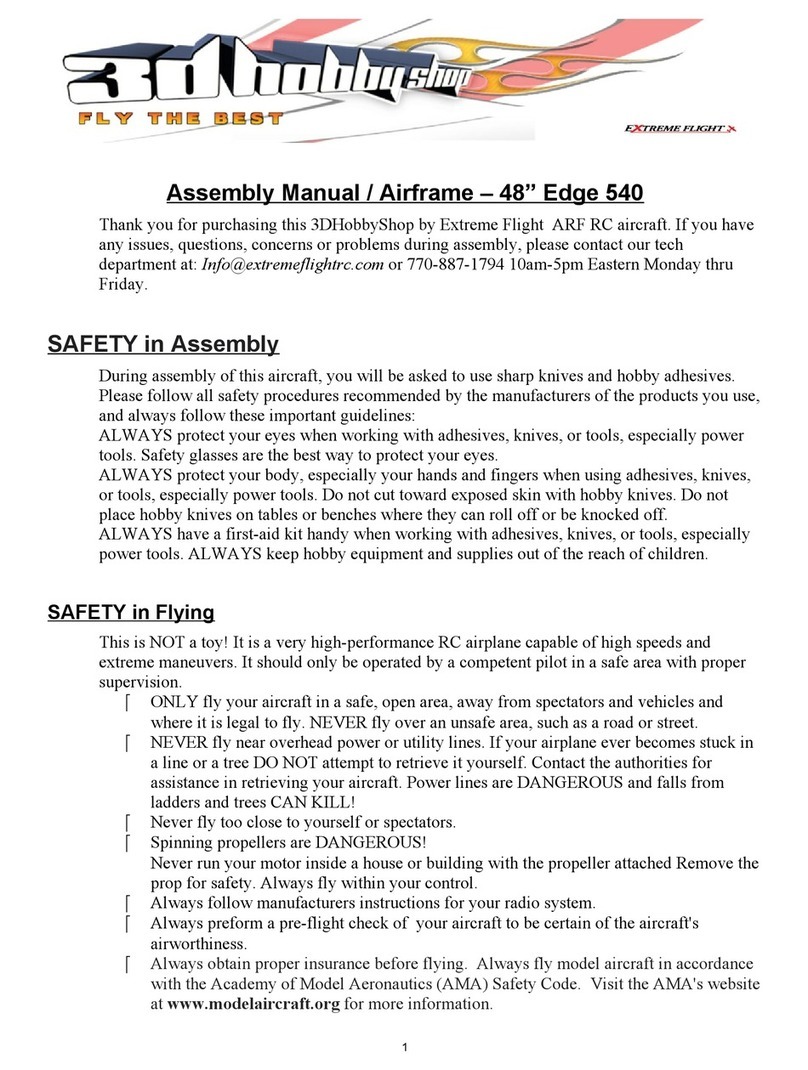
Extreme Flight
Extreme Flight 3DHobbyShop Edge 540 User manual

Extreme Flight
Extreme Flight focke-wulf FW-190A User manual

Extreme Flight
Extreme Flight 78" EXTRA 300 ARF User manual

Extreme Flight
Extreme Flight EDGE 540 User manual
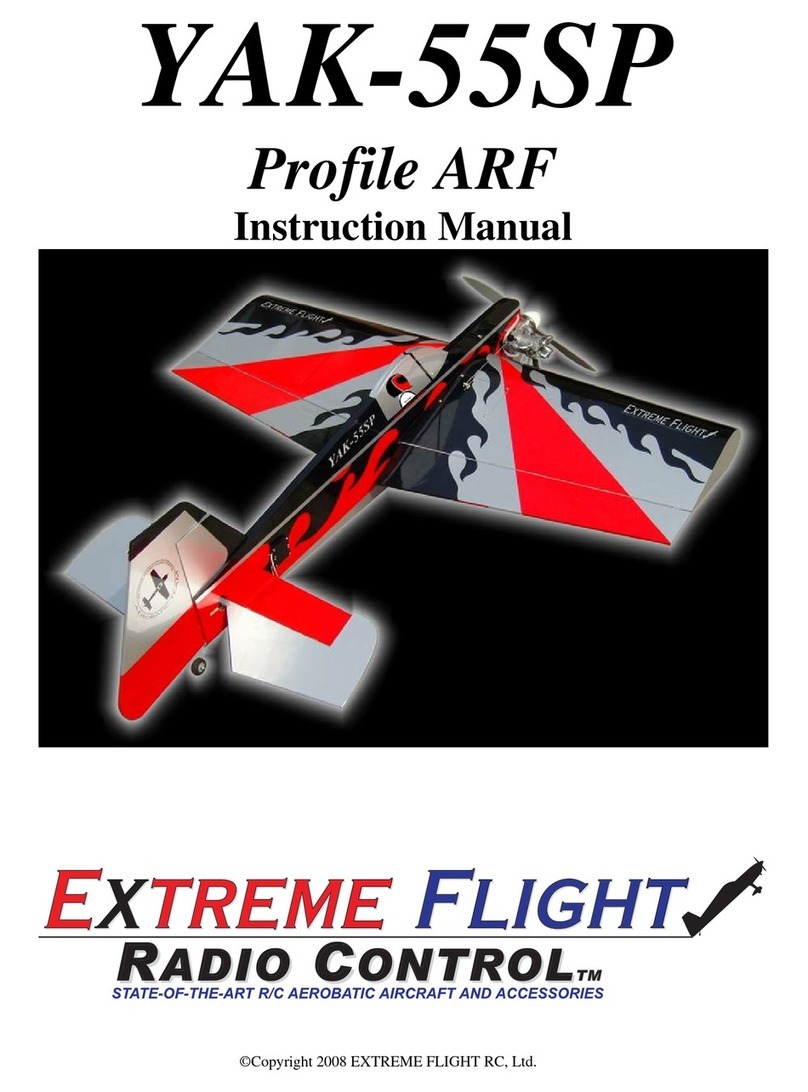
Extreme Flight
Extreme Flight YAK-55SP User manual
Popular Toy manuals by other brands

FUTABA
FUTABA GY470 instruction manual

LEGO
LEGO 41116 manual

Fisher-Price
Fisher-Price ColorMe Flowerz Bouquet Maker P9692 instruction sheet

Little Tikes
Little Tikes LITTLE HANDIWORKER 0920 Assembly instructions

Eduard
Eduard EF-2000 Two-seater exterior Assembly instructions

USA Trains
USA Trains EXTENDED VISION CABOOSE instructions

